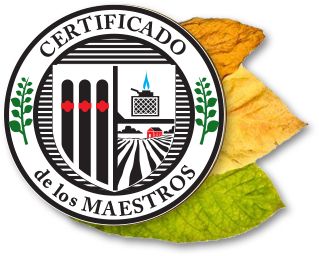I read this on another board and am interested in what others opinions may be. I have some experience, though I would not call my self well versed in this area of cigars, but that is changing recently.
"Mid 2003- present: starting in mid 2003 Cuba started doing something to their tobacco to make the cigars more enjoyable when fresh. Prior to this EVERY box of Cuban cigars went through a "sick period" where the cigars reeked of ammonia. This was the natural curing process resulting from the moisture used to roll the cigars resulting in an accelerated fermentation and an ammonia smell. This sick period generally arose sometime within the first year of production and lasted anywhere from 6 months to a year.
Starting in mid 2003, cigars have no longer gone through this sick period (they sometimes go flat for a short period but I have not had a single box of Cuban cigars have this ammonia smell since August of 2003 and I have bought thousands of boxes since then). Some people believe that Cuba now "cooks" their tobacco to make it more enjoyable when young or Right of the Truck (ROTT). Whatever they did the cigars have become much better when young. There is concern, however, that what is being done has effected the ability of these cigars to improve with age. Many collectors from the Far east believe that the post July2003 cigars will not age as well as their predecessors.
My experience confirms this belief. Many cigars I have smoked from 2004-2005 have become flat.
Recent prduction cigars are rolled better and smoke great young. We will see how they age." (from a post on OLH by mcgoospot - I think you'll have to join the board to follow this linky)




 Reply With Quote
Reply With Quote


Bookmarks